
Cucurbit Downy Mildew Confirmed in Western NC, July 28, 2021
Cucumber downy mildew (CDM) has been confirmed on cucumber plant samples from a commercial grower in Haywood County, NC. …



El inglés es el idioma de control de esta página. En la medida en que haya algún conflicto entre la traducción al inglés y la traducción, el inglés prevalece.
Al hacer clic en el enlace de traducción se activa un servicio de traducción gratuito para convertir la página al español. Al igual que con cualquier traducción por Internet, la conversión no es sensible al contexto y puede que no traduzca el texto en su significado original. NC State Extension no garantiza la exactitud del texto traducido. Por favor, tenga en cuenta que algunas aplicaciones y/o servicios pueden no funcionar como se espera cuando se traducen.
Inglês é o idioma de controle desta página. Na medida que haja algum conflito entre o texto original em Inglês e a tradução, o Inglês prevalece.
Ao clicar no link de tradução, um serviço gratuito de tradução será ativado para converter a página para o Português. Como em qualquer tradução pela internet, a conversão não é sensivel ao contexto e pode não ocorrer a tradução para o significado orginal. O serviço de Extensão da Carolina do Norte (NC State Extension) não garante a exatidão do texto traduzido. Por favor, observe que algumas funções ou serviços podem não funcionar como esperado após a tradução.
English is the controlling language of this page. To the extent there is any conflict between the English text and the translation, English controls.
Clicking on the translation link activates a free translation service to convert the page to Spanish. As with any Internet translation, the conversion is not context-sensitive and may not translate the text to its original meaning. NC State Extension does not guarantee the accuracy of the translated text. Please note that some applications and/or services may not function as expected when translated.
Collapse ▲
Cucumber downy mildew (CDM) has been confirmed on cucumber plant samples from a commercial grower in Haywood County, NC. …
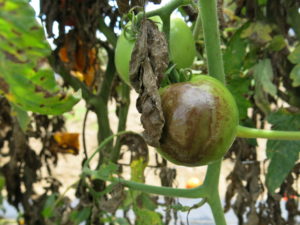
Late blight on tomato has been confirmed near Macon County, NC on July 27, 2021. UPDATE August 3, 2021: The …
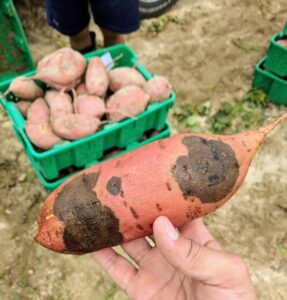
Written by Camilo H. Parada-Rojas and Dr. Lina M. Quesada-Ocampo The United States (U.S.) Environmental Protection Agency (EPA) renewed the …
Although we were spared much of the brunt of Tropical Storm Elsa, parts of North Carolina were still pummeled …
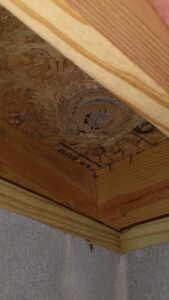
Some excellent questions came into the N.C. Cooperative Extension, Caldwell County Center this week, and I’d like to share three …
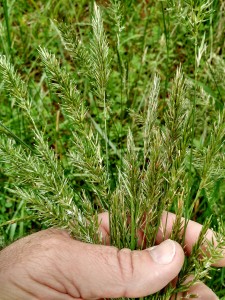
Q: What is causing the foamy stuff on these dandelion weeds? A: This is caused by spittlebug nymphs. These bugs …

Home gardening has seen a spike over the past year. According to the U.S. Census Monthly Retail Trade Report, …

Written by Mariana Prieto-Torres, Mike Adams, Dr. Savithri Purayannur, and Dr. Lina M. Quesada-Ocampo. Pseudoperonospora cubensis, the causal agent of cucurbit …

The U.S. Department of Agriculture’s Animal and Plant Health Inspection Service (APHIS) has confirmed the presence of box tree …

Some excellent questions came into the N.C. Cooperative Extension, Caldwell County Center this week, and I’d like to share three …
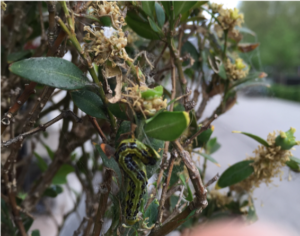
Box tree moth, Cydalima perspectalis, is native to Asia. It was introduced into Europe in 2007 and quickly spread …

This week I want to address some questions related to cicadas. By now you have probably heard the buzz …
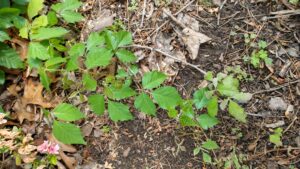
Some excellent questions came into the N.C. Cooperative Extension, Caldwell County Center this week, and I’d like to share three …

Calico scale, Eulecanium cerasorum, was accidentally introduced to California from Asia in the 1920s. It has now become established …
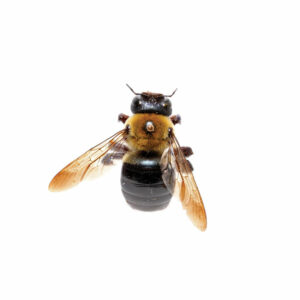
Some interesting questions came into the N.C. Cooperative Extension, Caldwell County Center this week, and I’d like to share three …

Springtime for beekeepers is synonymous with starting new colonies, especially since annual losses have been hovering ~40% every year so …

Last year, there was a lot of media buzz (no pun intended) surrounding the introduction of Asian giant hornets …

How can you encourage farmworkers and their families to use practices that minimize the risk of pesticide exposure? The …

From Camilo Parada and Dr. Lina Quesada-Ocampo In collaboration with the Plant Disease and Insect Clinic at NC State University, …

This factsheet describes the biology and disease control of Southern Blight in Herbaceous Ornamentals
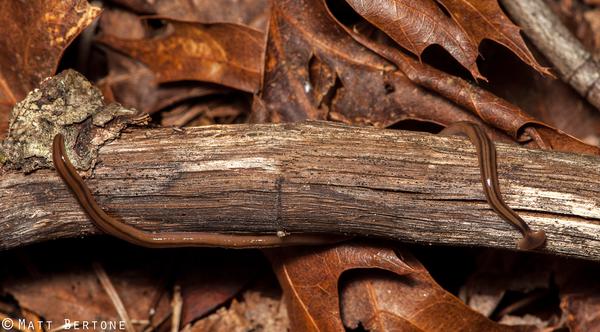
This factsheet offers information on the identification and management of various flatworms that may be …

This article will cover two important scale insect pests of blueberries in North Carolina, terrapin …

This fact sheet compiles common disease of dogwood trees (Cornaceae) in North Carolina. It contains …
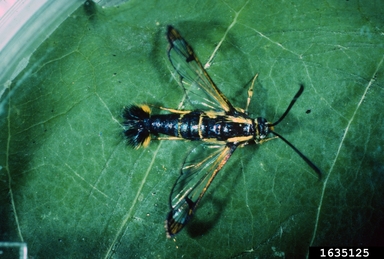
This fact sheet compiles common arthropod pests of dogwood trees (Cornaceae) in North Carolina. It …
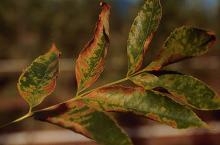
This factsheet describes several diseases that impact the health of ash trees.
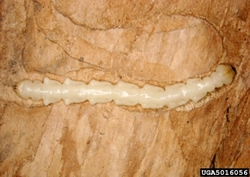
This factsheet provides descriptions of several pests of Ash trees in North Carolina. It describes …

This factsheet provides brief descriptions of common disease pests of maple (Acer spp.) in North …